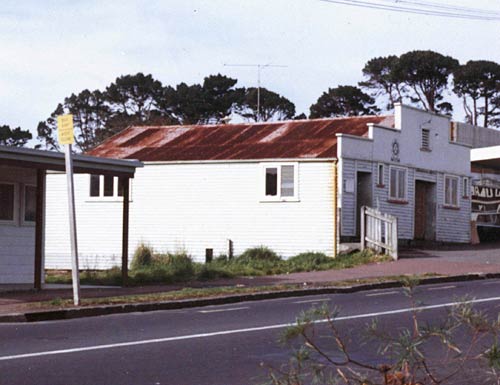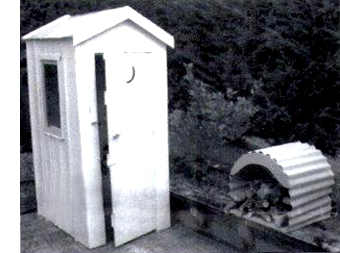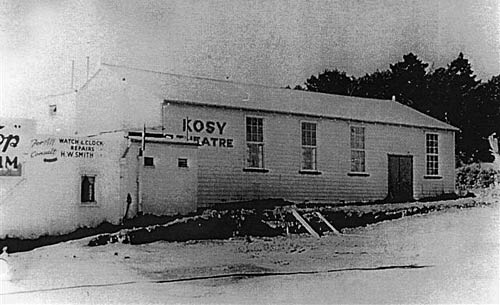The Blockhouse Bay Improvement Association Club
Blockhouse Bay had very few services or amenities in theearly to mid 1920’s. For example, there was a large area of land known as Block 76 that had no roads or postal service. Local people thought that services might develop more rapidly if the area became part of Auckland City, and so Philip Turner, an Avondale Borough Councillor, was approached to try to bring this about.
However, in spite of his campaigning, very little district development took place under the City Council. The residents were becoming increasingly concerned, particularly about the rapid erosion that was occurring on the Blockhouse bay beach foreshore. So, on 23 April 1930 Philip Turner convened the first meeting of the Blockhouse Bay Improvement Association Club (the Association). Its first objectives were to protect the foreshore and improve the beach reserve.









